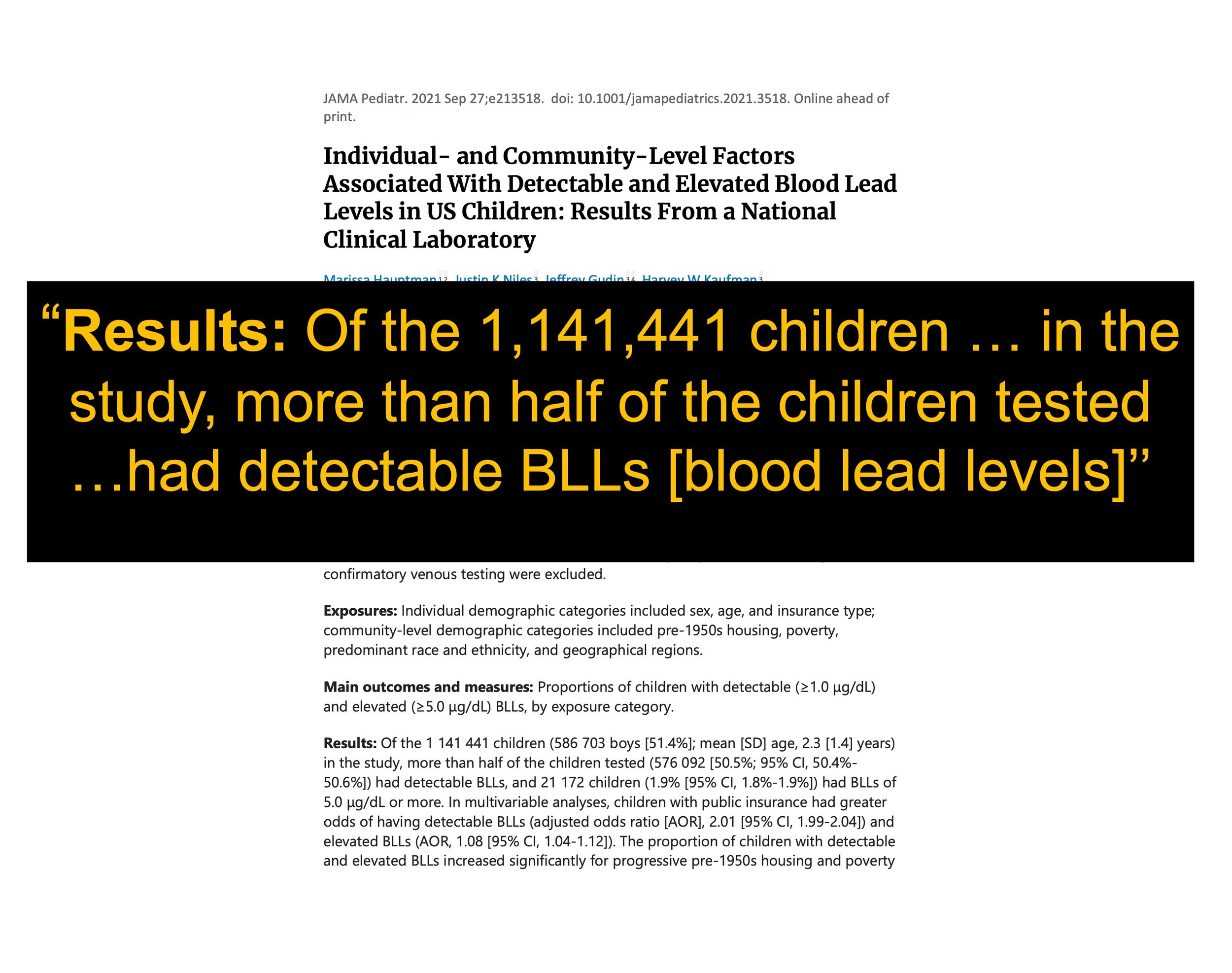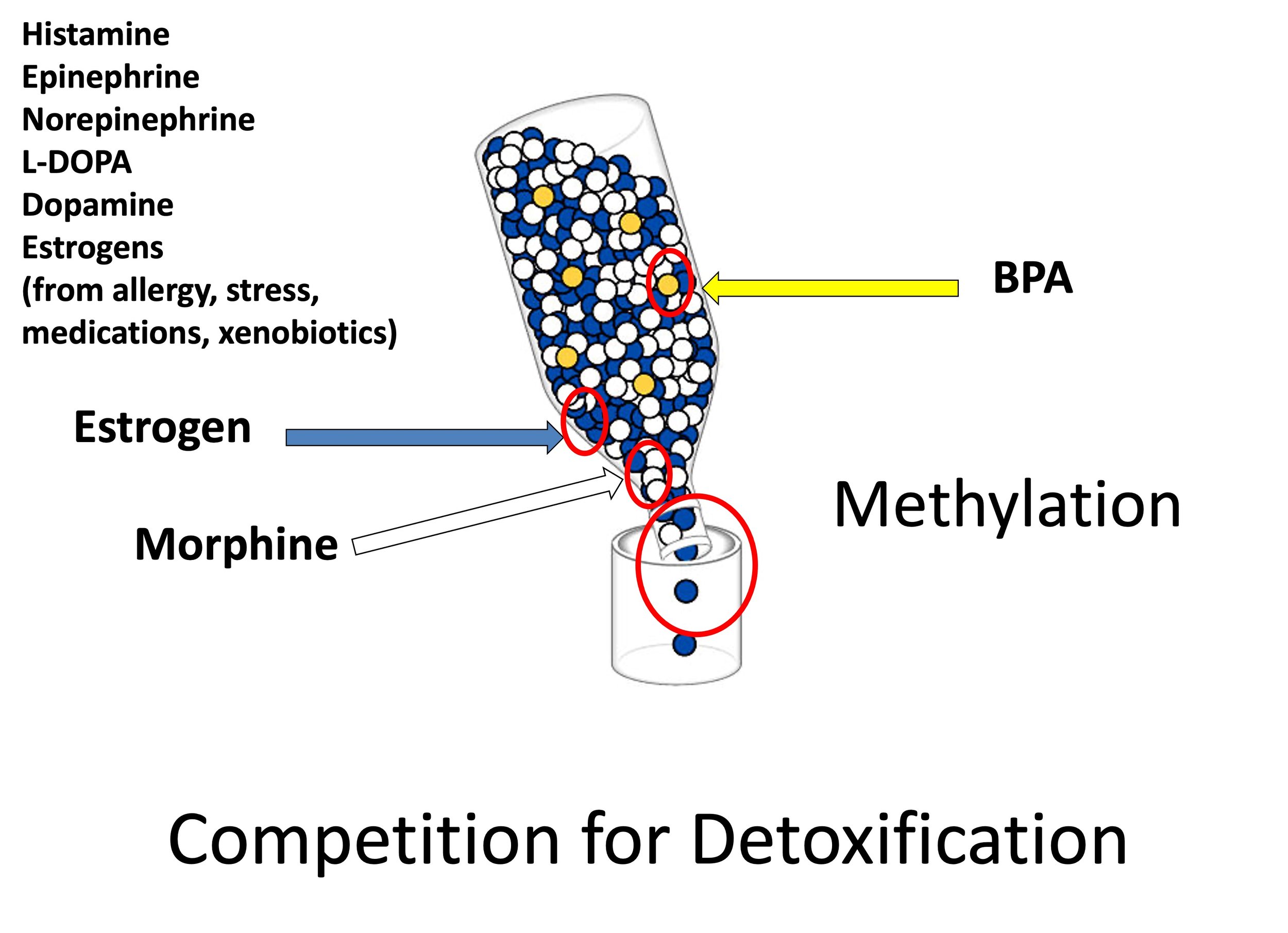One of the most important contributors to chronic symptoms, chronic disease, and premature death is toxicity. Conventional medicine largely ignores this major determinant of health. By contrast, toxicity assessment and detoxification treatments are pillars of the approach used in Functional Medicine. Fatigue, brain fog, anxiety, depression, headaches, joint pain, digestive symptoms, autoimmune disease, obesity, diabetes, heart disease, cancer, infertility, and autism are just a few of the conditions that can result from toxicity. Whatever the chronic symptom or disease, toxicity is likely to be a factor. No one in our industrialized world escapes exposure to toxins. In fact, 232 toxic chemicals have been found in umbilical cord blood of newborns.
Toxicity should always be considered as a contributor or primary cause of health status. It is sad that it has not gotten the recognition it deserves. It is a huge understatement to say conventional medicine practitioners are not adequately trained to evaluate or treat toxicity. But think about it: What has changed in recent years that explains the chronic disease epidemic? Environmental toxicity, including chemicalized, processed foods, has become epidemic. Thankfully, someone with a national platform is sounding the alarm. Robert F. Kennedy, Jr. gave a very thorough summation of this important issue this past Friday. I highly recommend watching his speech.
Human beings have always been exposed to toxins and we have some capacity to deal with them, although genetics put certain individuals at a disadvantage to start. These are the “canaries in the coalmine”, such as children with autism. Advanced glycation endproducts are quantitatively the single most abundant source of toxicity and are naturally occurring in certain foods (see You Are What You Eat, So Don’t Eat Crust: Will Strategies to Suppress Advanced Glycation End Products(AGEs) Prove to be Our “Fountain of Youth”? ). In fact, the human body’s detoxification systems treat our own metabolites like toxins. For example, estrogen gets transformed and eliminated from the body in urine and feces. Waste products of the hundred trillion bacteria residing in our intestinal tracts must be transformed and eliminated. What’s different about modern life is the multitude of new to nature, man-made chemicals we are continually exposed to. The number of different chemicals could be more than 350,000! Many of these are very damaging. BPA (Bisphenol-A), for example, was initially going to be marketed as an estrogen replacement. Instead, it ultimately became a widespread component of plastics, allowing for the creation of non-stick cans, for instance. Just because it is not sold as a hormone doesn’t mean its biological effects have changed!
Every cell and organ are affected by toxicity with wide-ranging disastrous consequences. Robert F. Kennedy, Jr. discussed the contribution of toxin-induced mitochondrial impairment to the epidemic of diabetes. There is, indeed, human research to support this. A fascinating animal study involved feeding animals just 3 parts per billion of the herbicide atrazine. All the animals in this study were fed identical diets with half the animals also being given atrazine. Despite identical caloric intake and activity, the animals given atrazine developed mitochondrial dysfunction, insulin resistance, and weight (fat) gain. Lettuce is among the foods treated with atrazine that Americans eat. There is a name for these environmental endocrine-disrupting chemicals that poison metabolism, resulting in weight gain: obesogens.
It is instructive to understand a little about the mechanisms of toxicity and detoxification. Toxicity involves adverse effect on structure or function and can be initiated by varied types of substances. Almost everything is toxic at some level. Man-made unnatural chemicals generally have greater toxicity. To detoxify most substances, the body uses enzymes that change the structure of the chemical. Most chemicals are fat soluble and need to undergo a chemical reaction that makes them water-soluble so that they can be excreted from the body. These processes are dependent upon nutrients: amino acids, fatty acids, energy (which can also come from carbohydrates), minerals, and vitamins. Other natural substances, including thousands of phytochemicals, influence detoxification. Although the liver is perhaps the single most important organ for detoxification, every cell in the body is continually detoxifying.
Man-made chemicals, the body’s own waste products, microbiome waste products, food substances, and medications all get detoxified in the same way. There is a limit to detoxification capacity, and this can easily be overwhelmed with all these competing chemicals. Fat-soluble toxins that are not eliminated from the body are stored in fat. The brain is largely made of fat. The blood-brain barrier can be breached by microplastics, among other chemicals. In unhealthy states, the blood brain barrier becomes leaky and allows many normally restricted chemicals to pass into the brain.
Whereas medications undergo rigorous testing for safety, there is no real oversight of industrial chemicals, which are just assumed to be safe. Any testing that is done, even in the case of medications, is not comprehensive. A single chemical may have a certain level of toxicity, which can be magnified 100-fold in the presence of another chemical. What happens when a typical individual has hundreds of foreign chemicals in their body? That type of analysis is never done. Toxicity can be further magnified by certain medications and by nutrient deficiencies. Genetics, exercise, sleep, stress, and intestinal flora are a few of the other factors that influence the fate of toxic chemicals. It does not take much of certain chemicals to have effects in the body. Hormones are present at extremely small concentrations but have powerful effects and some environmental chemicals are found at higher tissue levels than prescribed drugs!
A healthy daily lifestyle is foundational for protecting against toxicity. We want to minimize our exposures and equip our bodies with good nutrition to process the toxins we do encounter. This is best personalized with the help of a qualified health practitioner. However, anyone should consider reducing toxin exposure by choosing organic food. Organophosphate pesticides in the urine of children were reduced 35% after just three days of switching to organic food. Choose whole, rather than processed foods, to reduce levels of additives and other toxic ingredients. Use a quality water filter, such as reverse osmosis. Fluoride filtration is necessary in some water supplies. Use a whole house or shower filter to reduce chemical exposure through the skin and inhaled water vapor. Use an air purifier in rooms where you spend most of your time (e.g. bedroom). I recommend the Air Doctor Pro. Opening windows periodically and using house plants also reduce airborne toxicity. Keep a clean home because a variety of chemicals are found in dust. Reduce other sources of potential toxicity without driving yourself crazy. These include non-stick pans, fast food packaging, paper cups and paper straws, plastics, credit card receipts, carpets, pressed wood, personal care products (i.e. shampoo, toothpaste, sunblock, lipstick, nail polish, etc.), cleaning products, flame retardants found on mattresses, other furniture, and some clothing. Environmental Working Group has a great website (ewg.org) and app for identifying toxic products and healthier alternatives.
In addition to a good daily lifestyle, periodic intensive detoxification programs are appropriate for most individuals. I recommend a food and supplement-based program that is supported by published research: Clear Change.
There is value in laboratory tests for toxicity and detoxification ability, which requires nutrient sufficiency. In some cases, these tests are very important. Some of these are tests for heavy metals, environmental toxins, mycotoxins, PFAS, food additives, toxin genetics, whole blood nutrient profile, and organic acids, which include assessment of mitochondrial function.


